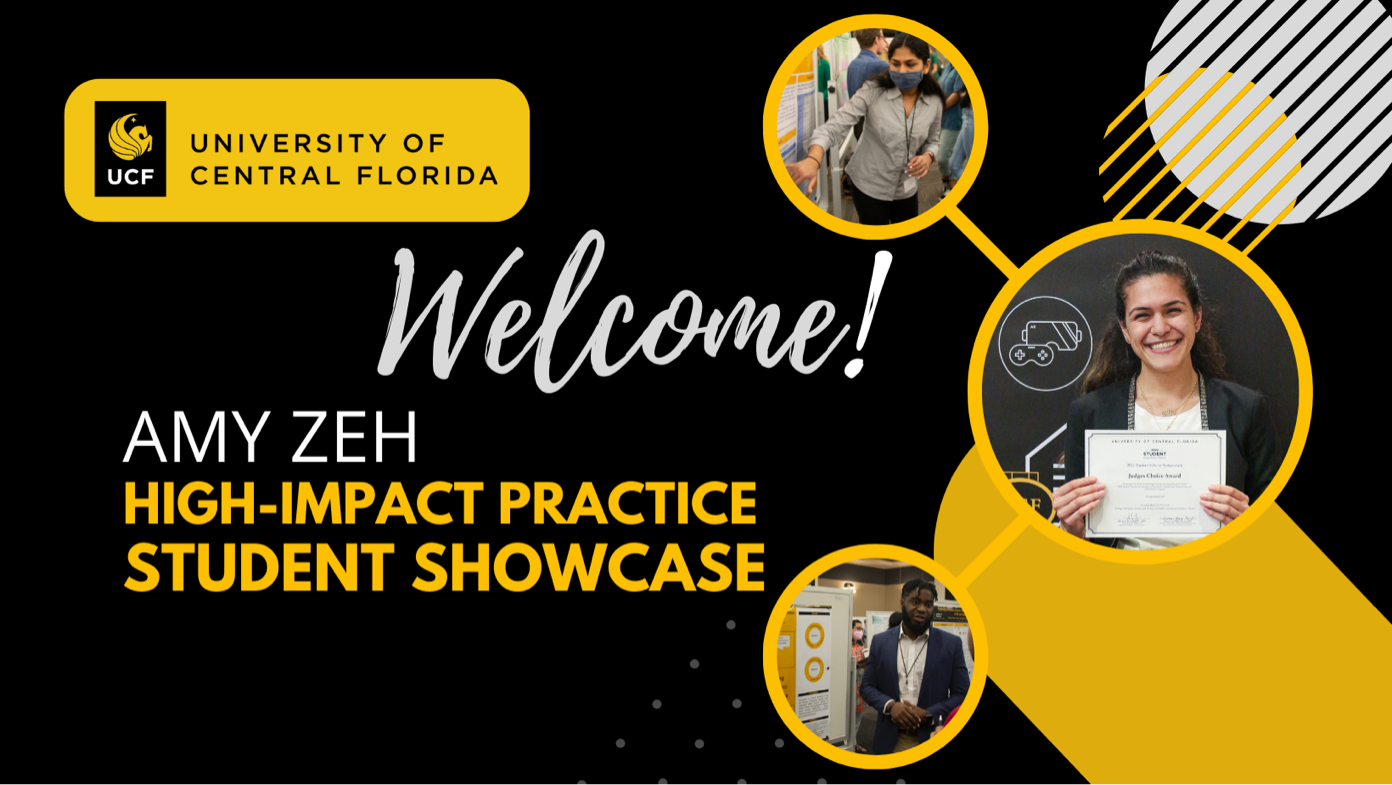High Impact Practices Student Showcase Spring 2024
Files
Download Full Text (253 KB)
Course Code
ANT
Course Number
4591
Faculty/Instructor
Dr. Sarah Freidline
Faculty/Instructor Email
Sarah.Freidline@ucf.edu
Abstract, Summary, or Creative Statement
Ancestry estimation finds its place in many fields of anthropology, including biological anthropology, osteoarchaeology, and paleopathology. A biological profile creates a framework for identity; with ancestry, it can aid researchers in determining the population group an individual is most genetically affiliated with. The heritability of dental traits makes teeth useful in estimating affinity. Ancestry estimation statistical programs using dentition, however, were originally developed upon limited and well- preserved databases, so archaeological Indigenous individuals are often grouped incorrectly as East Asian due to shared genetic traits. By using RStudio for anthropological statistical analysis, we aim to test the preservation bias and population specificity of the program rASUDAS in comparison to the established field of odontometrics. We hypothesize that rASUDAS will classify the Indigenous Maya individuals as East Asian, and odontometrics will be more accurate in ancestry estimation.
Keywords
Anthropology; rASUDAS; ancestry estimation; indigenous archaeology; archaeology; bioarchaeology; odontometrics; metric ancestry estimation; dental traits; shoveling; dental morphology; bioarchaeology
Recommended Citation
Binkowski, Griffon G. and Cook, Channing, "Comparative analysis of metric and non-metric ancestry estimation methods of Maya individuals" (2024). High Impact Practices Student Showcase Spring 2024. 29.
https://stars.library.ucf.edu/hip-2024spring/29


